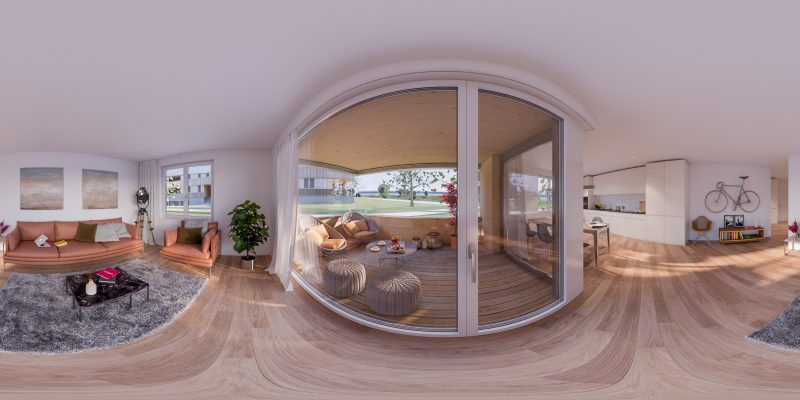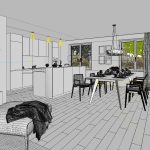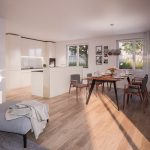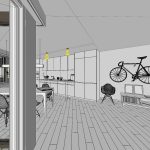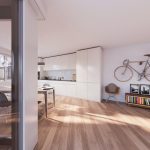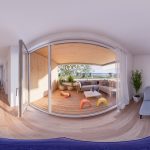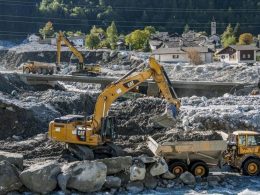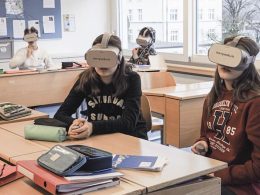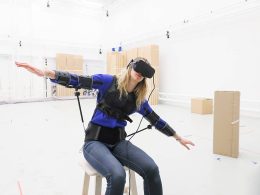One of the fields in which VR is already very widely used is architecture. Whether in planning or presentation, VR offers many new possibilities. We asked Andras Böger Dipl. Architect and Project Manager at Dome Visual on the topic of VR in the real estate industry.
What are the chances that VR will become established in the real estate industry?
In our view, virtual reality has enormous potential in the real estate industry. As today's trend already shows, the technology will be used even more intensively and efficiently in the future.
VR makes it possible to carry out an online inspection or start a virtual tour of a property (hotel / restaurant / office / flat) at any time and from any location. This saves time and money. In addition, VR is convincing and helps to attract potential customers.
What are the advantages of VR in the field of architecture?
- Virtual reality makes it possible to show information such as the feeling of space or the conditions in the buildings in real scale. Until now, this could only be experienced in a completed and fully furnished object. In architecture, VR serves as a tool for buyers before the investment or purchase is made, as well as for planners and sellers during project planning.
- To do this, you have to emphasise the emotional impact of VR. A photo-realistic quality offers an experience that the customer will not soon forget.
- The 3D model, which is built once, allows customers many further options, such as trying out furnishing and materialisation variants. The content only has to be created once and can also be pulled out of the VR at low cost. Thus, still images, visualisations for a homepage or presentations or other marketing tools can be developed from the VR application.
- From our point of view, the primary goal is not to replace the still image, i.e. the previous visualisations, but rather to complement them. With the VR glasses, you open the door, so to speak, and step into the object.
In which direction will you move with Dome Visual?
Virtual reality exists today mainly in real estate sales (premium segment) and in large-scale projects. VR is already often used at trade fairs and exhibitions. On the one hand, our goal is to integrate this service into our service package so that it will also be accessible to other segments. On the other hand, we want to serve our customers professionally by attaching importance to high quality and photo-realistic representations.
To ensure that we can do this ourselves and are not dependent, we have developed our own app for the Samsung Gear.
In 2016, our IT team started developing its own VR application. In addition to the previous core services of 3D visualisations for real estate and architectural competitions, VR has recently been added to our portfolio. Dome Visual presented the new building project of the Buttisholz corporation with the new technology as part of a trade exhibition.
Read more in next week's report about what the stumbling blocks were in this project and how Dome Visual overcame the difficulties.





